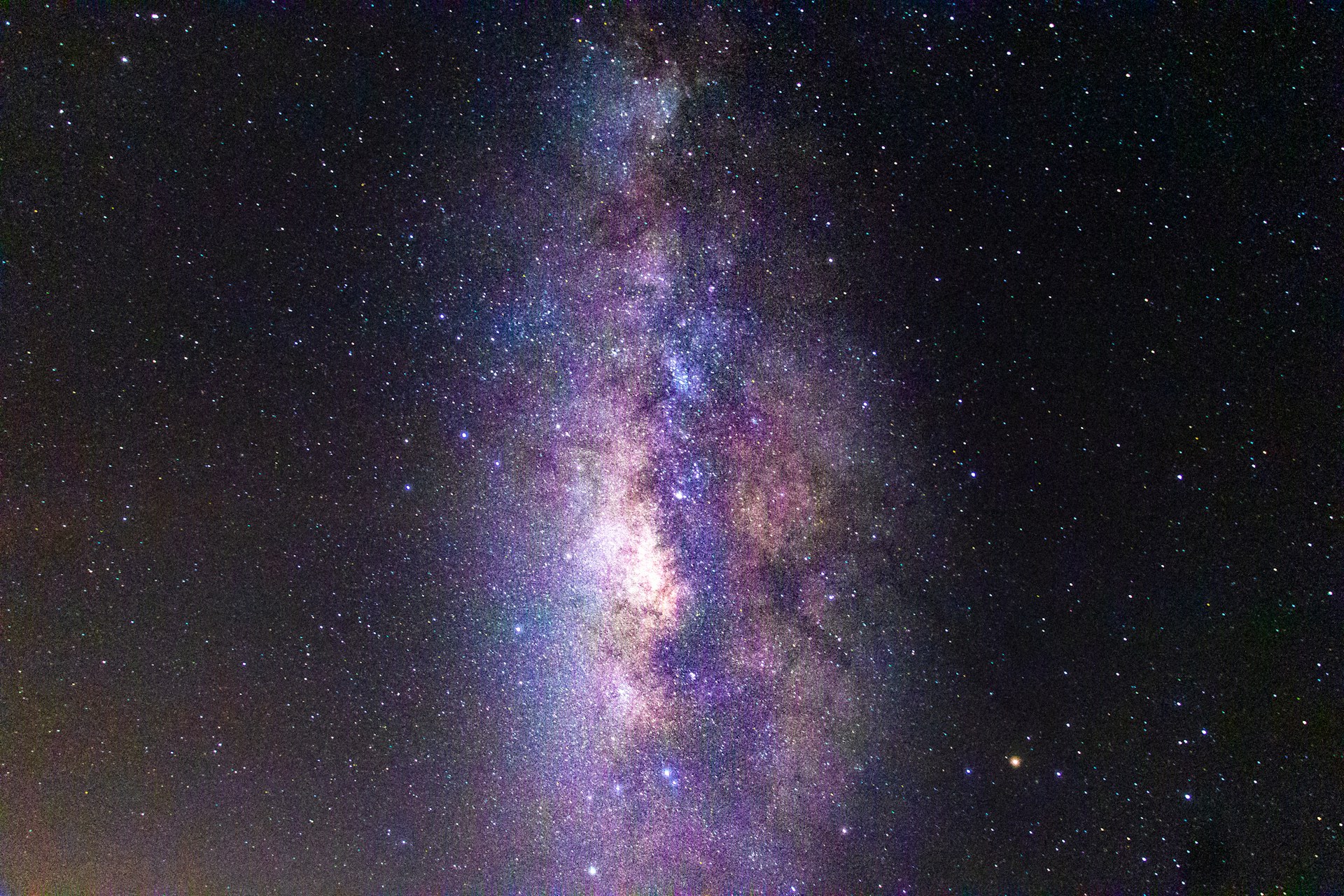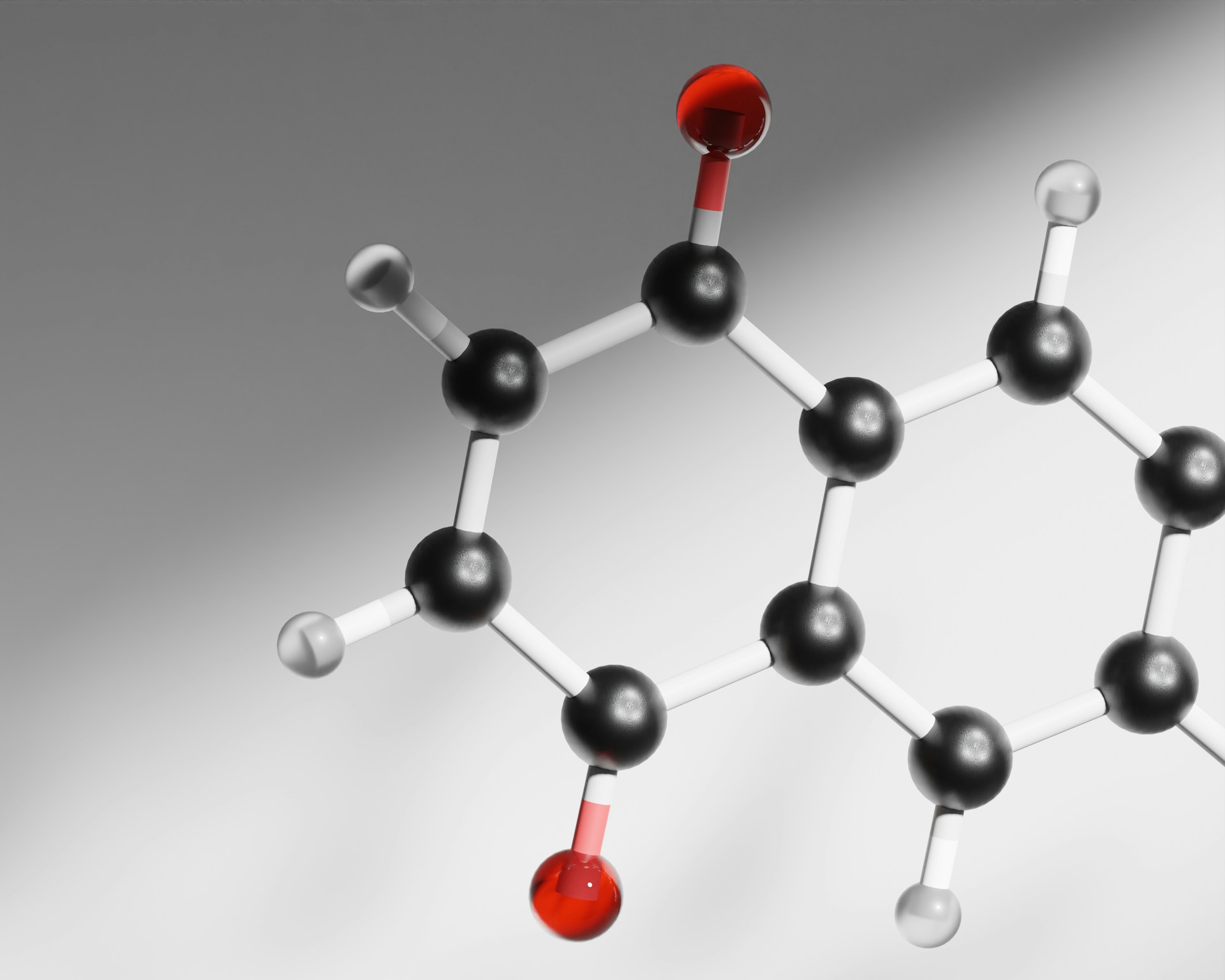Have researchers discovered valid evidence supporting the possibility of life beyond the Milky Way? Photo credit: Chanuwat Srithong via Unsplash
On the 17th of April, a group of scientists led by Nikku Madhusudhan from the Cambridge University Institute of Astronomy released one of the most exciting papers in astronomy this year—a paper detailing novel evidence for life on a planet beyond our solar system. The news has divided the world of astronomy. While an incredibly exciting discovery, several researchers have warned of a “boy crying wolf” scenario, and are awaiting further observations before reaching their own conclusions.
…novel evidence for life on a planet beyond our solar system.
Madhusudhan and colleagues used the James Web Space Telescope (more commonly known as JWST) to observe the atmospheric composition of an exoplanet called K2-18b, which orbits a star about 124 light years away from Earth. The term exoplanet refers to planets beyond our solar system, orbiting stars that aren’t our sun. There is a rich diversity of exoplanets with conditions utterly foreign to us. K2-18b itself is about eight times the size of Earth and is what is known as a Hycean world—its surface is completely covered by an ocean, and its atmosphere is very thick and mostly made of hydrogen. The planet also sits within the so-called habitable zone of the star it is orbiting because it is the right distance from the star for the temperature conditions to allow for liquid water to exist on the planet’s surface. This is thought to be a requirement for life.
The planet also sits within the so-called habitable zone of the star it is orbiting because it is the right distance from the star for the temperature conditions to allow for liquid water to exist on the planet’s surface.
K2-18b has been observed by JWST numerous times before, including by Madhusudhan and his team. However, the exciting discovery this time was the potential presence of two molecules within the planet’s atmosphere—dimethyl sulphide (DMS) and dimethyl disulphide (DMDS)—which are only produced by life on Earth. These molecules are examples of biosignatures, features that provide evidence of the presence of life, either past or present. Made on Earth by marine biota, it is thought that the source of these two molecules on K2-18b could potentially also be life. Nonetheless, abiotic sources also need to be considered. For example, these molecules could have been delivered to the planet by a comet as DMS has been identified on comets in the past. The DMS and DMDS were also detected in K2-18b’s atmosphere at quite a low level of certainty, with a three-sigma significance level, essentially a 3-in-1000 chance of the signal not occurring due to chance.
Given these low significance levels, other researchers are reluctant to accept results and await confirmation by other independent groups before allowing the community to get excited. Any claims of life beyond Earth needs to be double and triple checked by other scientists, especially since previous claims of evidence of life on K2-18b before have not withstood rigorous checking. Confirmation of results could take weeks or months due to the difficulties of interpreting data from JWST.
Estimates of the number of exoplanets within the Milky Way alone are over 100 billion, most of them outside the reach of our current telescopes, so there remains much discovery and exploration to be done.
Despite the potential concerns, this discovery could be groundbreaking in our search for life beyond the solar system and represents the power of telescopes such as JWST in observing worlds hundreds of light years away. Estimates of the number of exoplanets within the Milky Way alone are over 100 billion, most of them outside the reach of our current telescopes, so there remains much discovery and exploration to be done. But for now, K2-18b having potential biosignatures is our best evidence yet that we are not alone in the universe.





